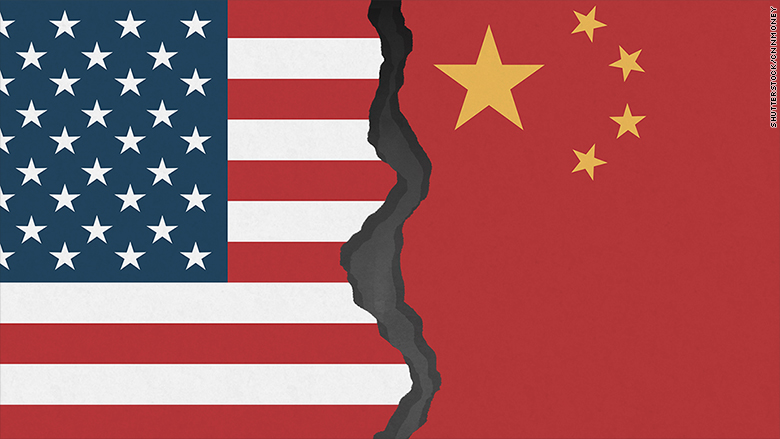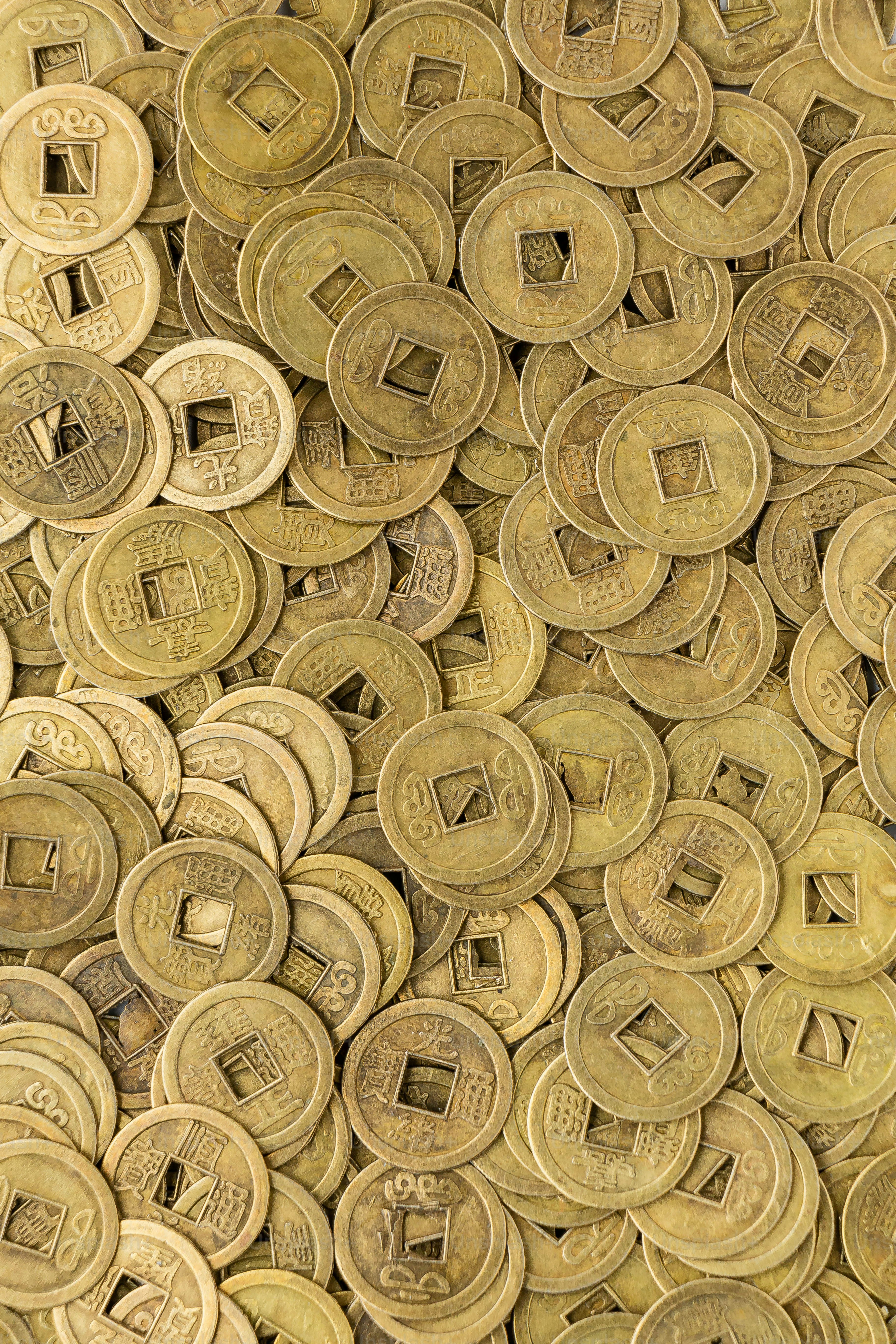Okay, folks, let’s talk about what’s really happening in the markets. The spread between US junk bonds and US Treasuries just shot up to a freakin’ 17-month high of 401 basis points. That’s not a good sign, not a good sign at all.

This spike is all thanks to the looming specter of a full-blown trade war. Investors are getting spooked, and rightfully so! They’re dumping riskier assets like junk bonds and piling into the supposed safety of US Treasuries.
What does this mean? It means investors are pricing in a significantly higher risk of a recession. Junk bonds, being particularly sensitive to economic downturns, are feeling the pain first and hardest. Honestly, it’s a canary in the coal mine situation.
Let’s break it down a bit. Credit spread, in essence, is the difference in yield between two bonds. A wider spread indicates investors demand a higher premium to compensate for the increased risk of lending to companies with lower credit ratings (junk bonds). A lot of companies are loaded with debt, if economic downturn appears, the chance of default will be significantly higher.
It’s simple economics and honestly, a bit terrifying if you’re not paying attention. We are, let’s use a less polite word, fucked if this trade war escalates. Plain and simple.
Understanding credit spreads is pivotal for investors navigating volatile markets. They offer a real-time snapshot of market sentiment towards risk. Monitoring these spreads allows proactive portfolio adjustments, anticipating potential economic shifts. Higher spreads generally suggest decreased investor confidence and a greater perceived risk of default, prompting a shift towards safer assets. This isn’t just about numbers; it’s about understanding the underlying anxieties driving market behavior.






